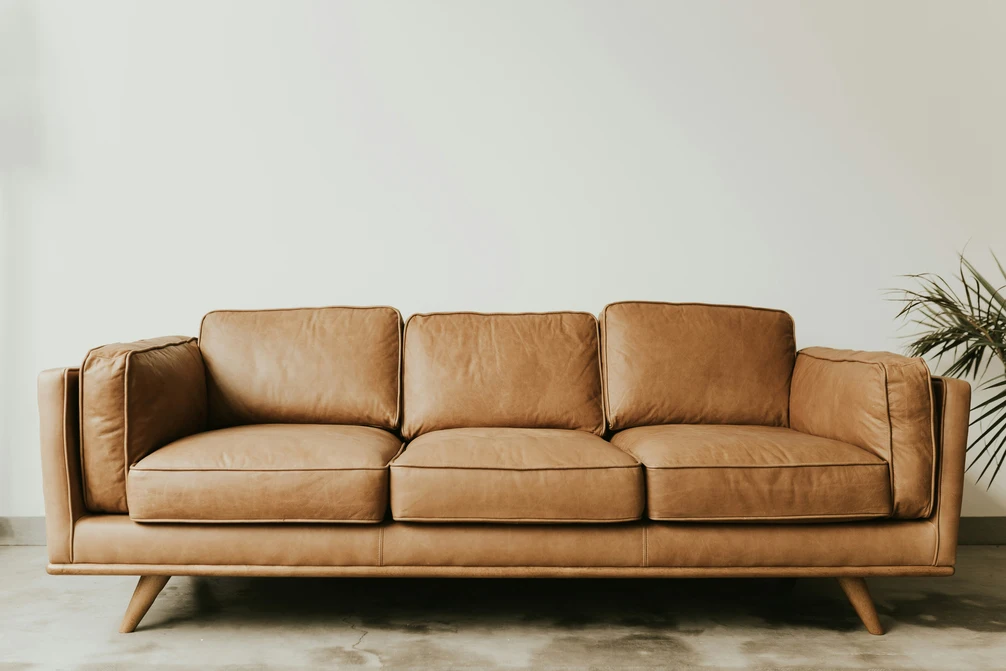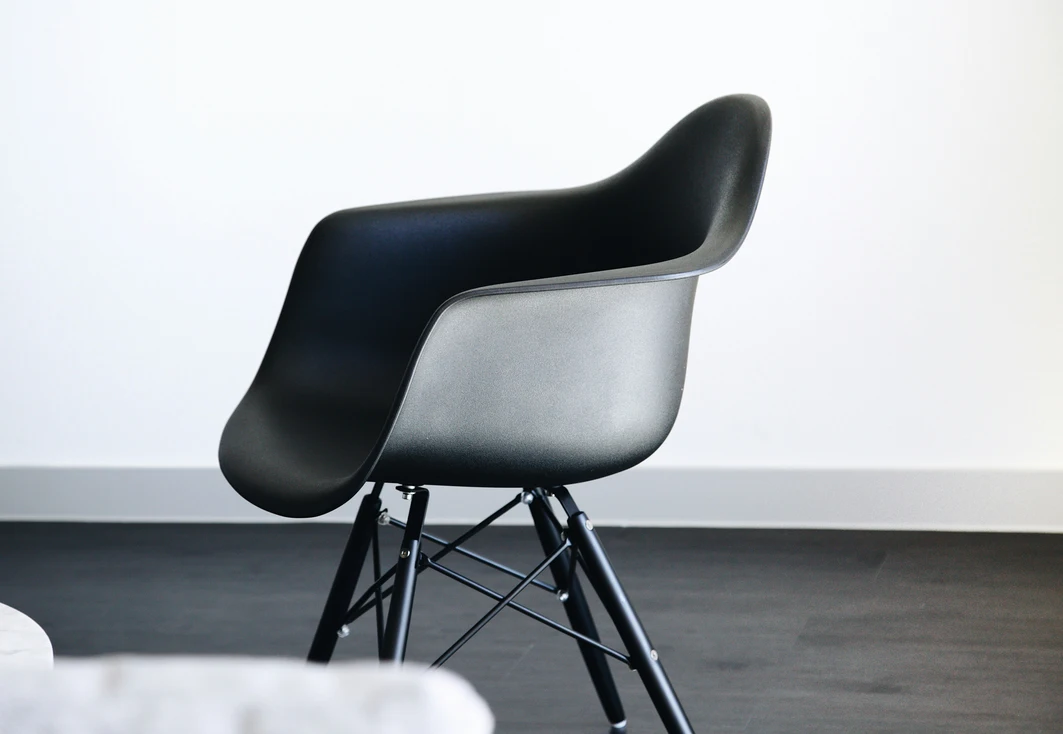Furniture plays a much bigger role in your comfort and mood than you may realize. While most people choose pieces based on style or space, the psychology of furniture height is an overlooked factor that can transform how you feel and interact within your home. The decision between low seating and high seating is not just about aesthetics — it affects posture, stress levels, social interaction, and even your perception of safety and coziness. Understanding this psychology helps you create a living environment that feels aligned with your lifestyle and emotional needs.

The Psychology of Low Seating
Low furniture like floor cushions, beanbags, and Japanese-inspired low sofas creates a grounding effect. Sitting close to the floor is associated with relaxation, informality, and a sense of calm. This design often makes a room feel more spacious and invites a slower pace of living. From a psychological perspective, being closer to the ground reduces tension in the body and signals the brain that it is time to rest.
Low seating also encourages more communal living. When everyone sits at the same low level, conversations feel more balanced, and the space feels intimate. Families and friends are more likely to lounge together for longer, fostering connection. However, it may be less practical for people with mobility issues, since getting up and down repeatedly can add stress instead of comfort.
The Comfort Psychology of High Seating
On the other hand, high seating — such as elevated dining chairs, bar stools, or sofas with tall legs — creates a sense of formality and structure. Sitting higher helps with posture, making you feel alert and upright, which is why it’s commonly used in workspaces or dining areas.
The psychology of furniture height in this case suggests that being elevated gives a subtle sense of authority and safety. You can see the entire room more clearly, which provides psychological reassurance. High furniture is also easier for older adults or people with joint issues, since it reduces the strain of sitting and standing.
Balancing Low and High Furniture in One Space
The best interiors often mix both low and high furniture. A living room might feature a low sofa for casual lounging while also including a high-backed reading chair for moments of focus and support. This variety creates balance — letting you shift between relaxation and productivity without leaving the room.
When planning your home, consider the purpose of each area. Bedrooms and family lounges benefit from lower seating that promotes rest, while dining rooms and home offices often work best with higher furniture that keeps you engaged and active.

How Furniture Height Shapes Social Dynamics
Furniture height also has a subtle but real impact on social behavior. Sitting on a low couch while guests perch on high chairs can create a power imbalance, often unconsciously. Matching heights helps conversations feel natural, while mismatched heights can make interactions feel awkward or hierarchical.
If you host gatherings frequently, it’s worth arranging your space so that seating height feels consistent, creating harmony and inclusivity in group settings.
The Role of Culture in Furniture Height Psychology
Different cultures emphasize different seating styles. Japanese homes traditionally favor low furniture for its grounding energy and minimalist feel, while Western homes often lean toward taller seating for ease and practicality. Understanding these cultural influences can help you blend styles in a way that feels authentic to you.
This cultural context also shows why furniture height psychology isn’t one-size-fits-all. What feels comfortable in one household may feel impractical in another, which is why customization is key.
Choosing the Right Height for Your Lifestyle
When choosing furniture height for your home, reflect on your lifestyle and body’s needs:
- If you want a relaxed, cozy, informal vibe → low furniture works best.
- If you want structured, supportive, and practical furniture → high furniture is the smarter choice.
- If you want versatility → balance both heights depending on each room’s function.
Paying attention to these details ensures your home not only looks stylish but also supports your daily routines and emotional well-being.

Frequently Asked Questions (FAQs) About Furniture Height Psychology
Q1: Why does low seating make a room feel more relaxed?
Low seating puts you closer to the floor, signaling rest and calmness to the brain. It also makes spaces feel informal and encourages long lounging sessions.
Q2: Is high seating always better for posture?
Yes, higher chairs and sofas typically support better posture since they keep your knees at a 90-degree angle, but they may feel too rigid for relaxation-heavy spaces.
Q3: Can mixing low and high furniture look good in one room?
Absolutely. Mixing both creates visual interest and provides different functions. The key is balancing proportions so the space feels intentional, not mismatched.
Q4: How does furniture height affect elderly individuals?
High furniture is more accessible for seniors since it reduces strain when sitting or standing. Low furniture can be uncomfortable or even unsafe for those with mobility concerns.
Q5: Does furniture height really affect social interaction?
Yes. When guests sit at different heights, it can create a psychological imbalance. Equal or similar seating heights promote smoother, more natural conversations.
Q6: What’s the cultural difference between high and low furniture preferences?
Eastern cultures, like Japan, often value low seating for its meditative and grounding qualities, while Western cultures lean toward high furniture for practicality and ease.
Q7: Should furniture height be considered in small apartments?
Yes. Low furniture psychology can make a small space feel bigger, while high, leggy furniture can create an airy feel by exposing more floor space. Choosing based on your space’s needs is essential.
Want More Blogs Like These?
Check out more Living Spaces blogs on Designs24hr to discover how psychology-driven design choices can improve your home comfort and style.







